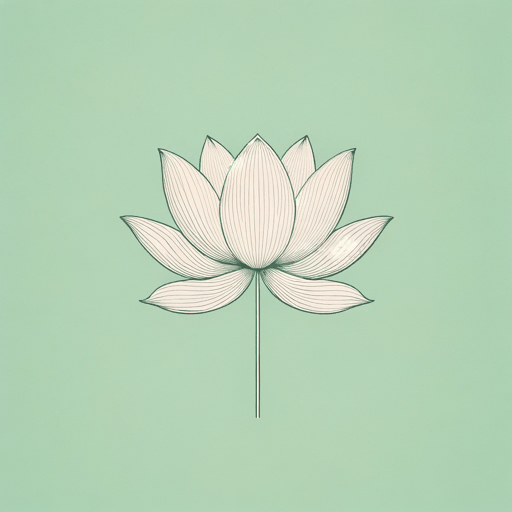70 pages • 2 hours read
Dalai Lama, Desmond TutuThe Book of Joy: Lasting Happiness in a Changing World
Nonfiction | Book | Adult | Published in 2016A modern alternative to SparkNotes and CliffsNotes, SuperSummary offers high-quality Study Guides with detailed chapter summaries and analysis of major themes, characters, and more.
Important Quotes
“Suffering is inevitable, they said, but how we respond to that suffering is our choice. Not even oppression or occupation can take away this freedom to choose our response.”
(Introduction, Page 7)
The antithesis employed here lies between the inevitability of suffering and the freedom of choice in response. This contrast underscores what these teachers consider to be a fundamental truth in human experience: While certain aspects of life are beyond control, the realm of personal reactions remains a bastion of autonomy. By referring to the extremes of oppression and occupation, which both leaders have experienced, the statement suggests human agency is inextinguishable.
“‘We are fragile creatures, and it is from this weakness, not despite it, that we discover the possibility of true joy,’ the Archbishop said as I handed him his sleek black cane with the silver handle shaped like a greyhound.”
(Introduction, Page 11)
Paradox lies in the notion that fragility and weakness, often perceived as negative traits, are actually the sources from which true joy emerges. This juxtaposition of fragility and joy challenges conventional perceptions, inviting contemplation on the nature of human strength and happiness.
Additionally, the description of the cane as “sleek black” with a “silver handle shaped like a greyhound” adds an element of symbolism. The cane, a support for physical weakness, is adorned with a symbol of speed and grace, the greyhound. This symbol represents agility and strength, contrasting with the Archbishop’s own physical fragility. This symbolism subtly reinforces the central paradox of the quote, illustrating how strength and vulnerability coexist and complement each other.
Related Titles
By these authors
Featured Collections
Asian American & Pacific Islander...
View Collection
Forgiveness
View Collection
Friendship
View Collection
Mortality & Death
View Collection
New York Times Best Sellers
View Collection
Philosophy, Logic, & Ethics
View Collection
Popular Book Club Picks
View Collection
Psychology
View Collection
Religion & Spirituality
View Collection
Self-Help Books
View Collection
South African Literature
View Collection




